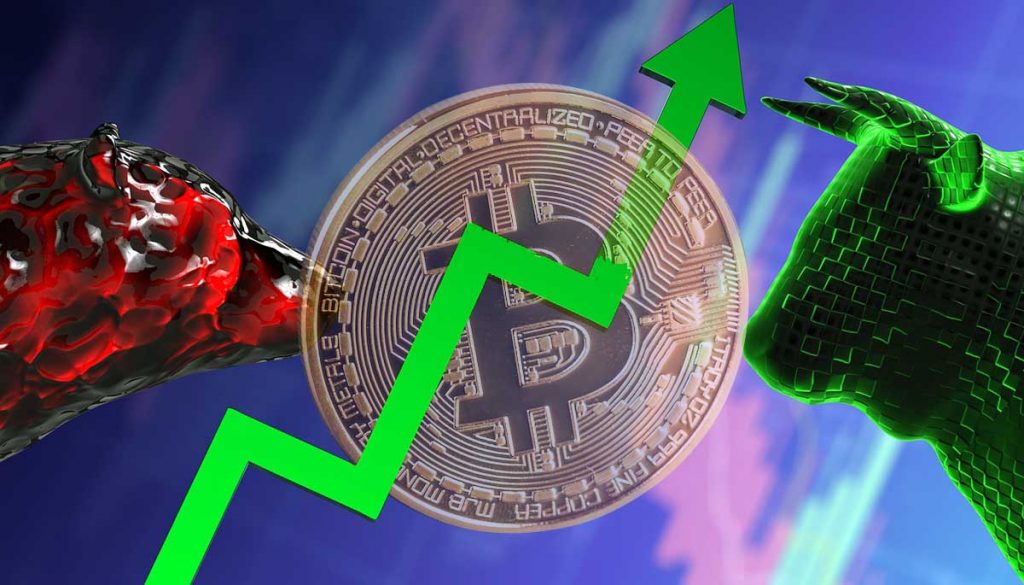
In the fast-evolving world of cryptocurrencies, Bitcoin and Litecoin stand out as two of the most prominent digital assets. Bitcoin, often referred to as digital gold, has captured the imagination of investors and the mainstream media alike. On the other hand, Litecoin is often called digital silver, and it offers unique features and use cases. For those interested in engaging with these digital assets, you can visit the official site which provides an accessible and user-friendly avenue. In this comparative analysis, we will delve into the histories, technologies, and market dynamics of Bitcoin and Litecoin to understand their strengths, weaknesses, and potential as investments.
Table of Contents
History and Origins
Bitcoin: The Pioneer of Cryptocurrencies
Bitcoin was born in 2008 when an anonymous figure or group using the pseudonym Satoshi Nakamoto released a whitepaper titled “Bitcoin: A Peer-to-Peer Electronic Cash System.” Nakamoto’s creation aimed to provide a decentralized digital currency that could operate without intermediaries like banks. Bitcoin’s early adopters saw its potential as a store of value, and it quickly gained traction.
Litecoin: The Silver to Bitcoin’s Gold
Litecoin, created by Charlie Lee in 2011, was designed to be the silver to Bitcoin’s gold. Lee, a former Google engineer, wanted to address some of the shortcomings he saw in Bitcoin. Litecoin emerged as a complementary cryptocurrency with a focus on faster transaction confirmation times and lower fees.
Technology and Blockchain Architecture
Bitcoin’s Blockchain
Proof-of-Work Consensus Mechanism
Bitcoin relies on a Proof-of-Work (PoW) consensus mechanism, where miners compete to solve complex mathematical puzzles to validate transactions and add blocks to the blockchain. This process ensures security but consumes significant energy.
Segregated Witness (SegWit) and Lightning Network
To address scalability and transaction speed issues, Bitcoin implemented Segregated Witness (SegWit) and introduced the Lightning Network. SegWit separates transaction data from witness data, reducing block sizes and fees. The Lightning Network enables faster, off-chain transactions.
Litecoin’s Blockchain
Scrypt Hashing Algorithm
Litecoin uses a different hashing algorithm called Scrypt, making it resistant to ASIC mining and offering a level of decentralization. Scrypt also allows for faster block generation and confirmations compared to Bitcoin’s SHA-256.
SegWit Activation and Innovations
Litecoin activated SegWit before Bitcoin, reducing transaction malleability and improving scalability. Like Bitcoin, Litecoin is also exploring innovative solutions to enhance its network’s functionality.
Comparative Analysis of Features
Transaction Speed and Scalability
Bitcoin’s Transaction Speed Challenges
Bitcoin’s block time of approximately 10 minutes can result in slower confirmation times during high network congestion, making it less suitable for small, everyday transactions.
Litecoin’s Advantages in Faster Confirmations
Litecoin’s 2.5-minute block time allows for quicker transaction confirmations, making it a more attractive option for day-to-day use and microtransactions.
Security and Network Robustness
Bitcoin’s Dominance and Security Measures
Bitcoin’s massive network and hash power make it highly secure. Its status as the first cryptocurrency and its widespread adoption contribute to its robustness.
Litecoin’s Resilient Network and Security Protocols
Litecoin benefits from Bitcoin’s security innovations, such as SegWit, while maintaining its own unique features and active development community.
Adoption and Use Cases
Bitcoin’s Global Recognition as Digital Gold
Bitcoin’s narrative as digital gold has gained significant attention from institutional investors, who view it as a hedge against economic uncertainty and inflation.
Litecoin’s Niche as a Payment and Microtransaction Solution
Litecoin’s focus on faster, cheaper transactions has positioned it as a payment solution for everyday transactions and microtransactions, such as buying coffee or making online purchases.
Investment and Price Trends
Historical Price Performance
Bitcoin’s Meteoric Rise and Volatile History
Bitcoin has witnessed exponential price growth, attracting speculative interest. However, its price volatility has led some investors to explore alternatives like Litecoin.
Litecoin’s Price Evolution and Correlation with Bitcoin
Litecoin’s price history often mirrors Bitcoin’s movements, albeit on a smaller scale. Investors sometimes consider Litecoin as a more accessible entry point into the cryptocurrency market.
Investment Strategies
Hedging with Bitcoin
Some investors use Bitcoin as a store of value and hedge against traditional asset classes like stocks and bonds, especially during economic uncertainty.
Speculating with Litecoin
Litecoin can serve as an investment for those who believe in its unique value proposition and see potential for its growth in specific use cases.
Challenges and Future Prospects
Scalability and Energy Consumption Issues
Bitcoin’s Scalability Debate
Bitcoin faces ongoing debates on how to scale effectively without compromising its decentralization principles. Solutions like the Lightning Network aim to address these issues.
Litecoin’s Approach to Scalability
Litecoin’s shorter block times and SegWit activation contribute to its scalability advantage, but it also needs to address future scaling challenges.
Regulatory Concerns and Market Competition
Regulatory Challenges Faced by Both Cryptocurrencies
As cryptocurrencies gain prominence, regulators worldwide are grappling with how to classify and regulate them, which could impact their adoption and use.
Competition from Other Digital Assets
Bitcoin and Litecoin face competition from other cryptocurrencies, each with its unique features and use cases. Staying relevant in a crowded market is a challenge.
Conclusion
In conclusion, Bitcoin and Litecoin, often regarded as digital gold and silver, respectively, offer distinct features and use cases within the cryptocurrency ecosystem. Bitcoin’s status as a store of value and Litecoin’s focus on faster transactions position them as complementary assets. Understanding their histories, cutting-edge technologies, and market dynamics is crucial for informed investment decisions. As the cryptocurrency landscape evolves, both Bitcoin and Litecoin continue to play essential roles, and their coexistence offers diverse opportunities for investors and users alike.





More Stories
Bitcoin Deep Dive: Exploring the World of Digital Wealth
Creating a Winning Oil Trading Mindset
How is Bitcoin the Need of the Hour?